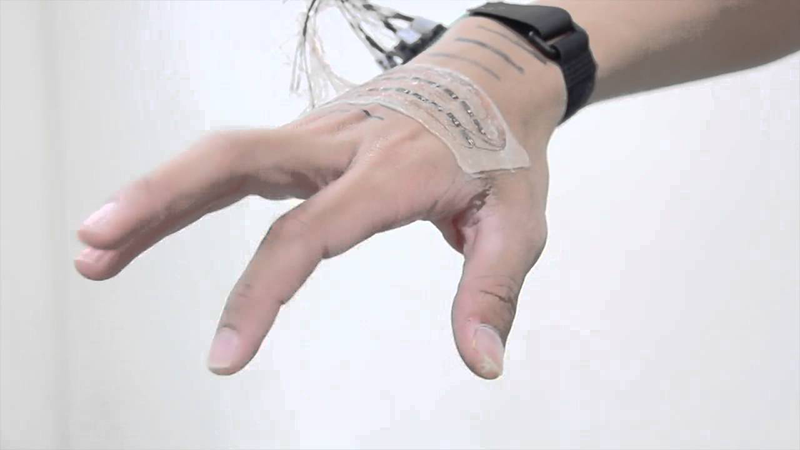A new study has found that only a single sensor attached to the back of the hand is enough to collect necessary data for Parkinson’s disease symptoms.
For the study, which was published in the journal NPJ Digital Medicine, researchers recruited 20 participants. They also used 6 different sensors and convolutional neural networks (CNNs) in their study. They concluded that just a single hand-attached sensor is adequate for automated bradykinesia and tremor symptom detection in the upper limbs, reports MobiHealthNews.
“Combined data from sensors placed on both sides of the body did not improve symptom detection, and dynamic analyses models based on CNNs that were trained on raw sensor data performed comparably to models based on pre-engineered features,” according to the study.
One interesting fact the researchers discovered is that when they increased the number of participants to train detection models, it improved their performance, but the model accuracy decreased when they included more than 10 subjects. This finding led them to suggest smaller, more targeted training sets to develop “semi-personalized” models based on a patient’s characteristics.
Although the current gold standard of Parkinson’s symptom evaluation is the observation by a trained physician, wearable sensors and machine learning models are also being employed on a prospective basis, the researchers wrote. So far, however, the methodology of such approaches has greatly varied from implementation to implementation, according to MobiHealthNews.
Related Michael J. Fox Foundation’s Collaboration with Verily Aims to Deepen Understanding of Parkinson’s
“There is no consensus on the minimal data collection procedure, including number of sensors and sensor locations, or number of repeated clinical assessments and type of activities required to develop an accurate model while maximizing patient compliance,” the researchers wrote in the study. “This information is critical towards facilitating the translation of this approach to real-world symptom detection and monitoring in the clinic, as well as in the home and community.”













